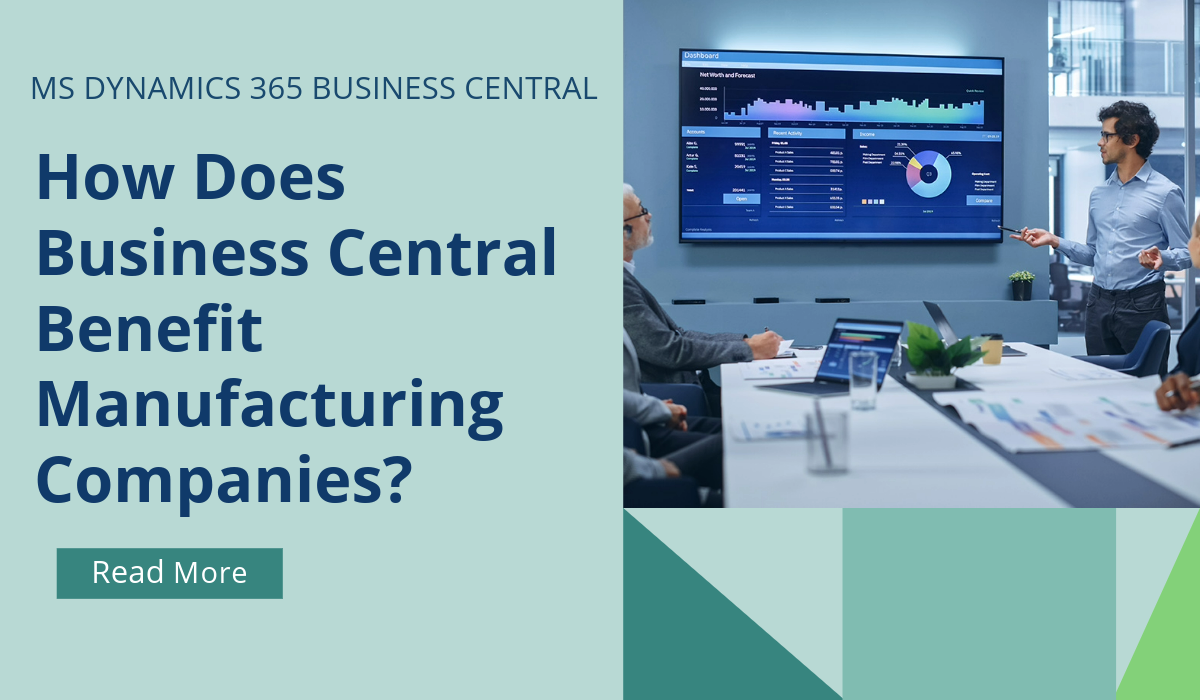
5 Signs You Need New ERP Software
As a business evolves, a company’s original ERP system may no longer meet their growing needs. How can you tell when it’s time to upgrade your system? Here are five signs that suggest it might be time to consider upgrading to a new ERP software.
1. System Integration Issues
One of the most telling signs that you need new ERP software is when your current system struggles to integrate seamlessly with other software used by your business. The ability to integrate with third-party applications, such as customer relationship management (CRM) systems, e-commerce platforms, or advanced analytics tools, is crucial. If your current ERP can’t connect efficiently, it might be time to look for a solution that can.
2. Poor Usability and User Experience
If the users of your ERP system consistently face difficulties in navigating the interface or complain about its complexity, it’s a significant indicator that your system might be outdated. Modern ERP solutions are designed with user experience in mind, providing intuitive interfaces and customisable dashboards that can make daily operations more manageable and less time-consuming. An ERP system that isn’t user-friendly can lead to decreased employee productivity and frustration.
3. Inadequate Data Analysis and Reporting Capabilities
Businesses must be able to rely on their ERP systems for accurate and timely data analysis and reporting. If your current system requires manual workarounds to produce reports, cannot handle real-time data processing or lacks customisable reporting features, it may hinder your ability to make informed business decisions quickly. New ERP software can offer advanced analytics tools and real-time data insights.
4. Scalability Issues
As businesses grow, their software needs to grow with them. An ERP system that was a perfect fit when your company was smaller may not be suitable for handling increased operational complexity or larger volumes of data. If your current system can’t scale effectively with your business, leads to frequent system crashes, or requires constant costly customisations to meet basic needs, it’s probably time to switch to a more scalable ERP solution.
5. High Maintenance Costs
Older ERP systems can be expensive to maintain. As software vendors gradually reduce support for older versions, you may find yourself paying more for custom support services, security patches and updates. If the cost of maintaining your current ERP system is consistently high, investing in a new system could be more cost-effective in the long run. Modern ERP systems are often more efficient, require less custom maintenance and offer better security features, which can reduce overall IT costs.
Recognising when your current ERP system is no longer serving its purpose is key to avoiding productivity loss and potential revenue declines. If you’re experiencing any of these issues, it may be time to consider upgrading to a new ERP software that better fits your evolving business needs. Transitioning to a new system can seem daunting, but the long-term benefits of enhanced integration, usability, analytics, scalability, and cost efficiency are well worth the effort.
We’re here to help!
Get in touch: https://bit.ly/3k71yLx
April 23, 2024
RECENT POSTS
How Does Business Central Handle Inventory Management?
Inventory Management is a module in Business Central that helps SMBs manage their inventory and other operations within a single platform. SMBs can track, manage, and optimise stock levels across locations. Microsoft Dynamics [...]
How Does Business Central Benefit Manufacturing Companies?
Manufactured products are part of everyone's lives. From the car that you drive, the mobile phone that you use, to the milk that you drank for breakfast. Companies that create these products must [...]
How to Ensure GDPR Compliance through ERP Systems?
Organisations are increasingly dependent on the collection, processing, and storage of data for their continued business operations. However, growing concerns around data privacy and security are nudging businesses to comply with the regulations surrounding the [...]


